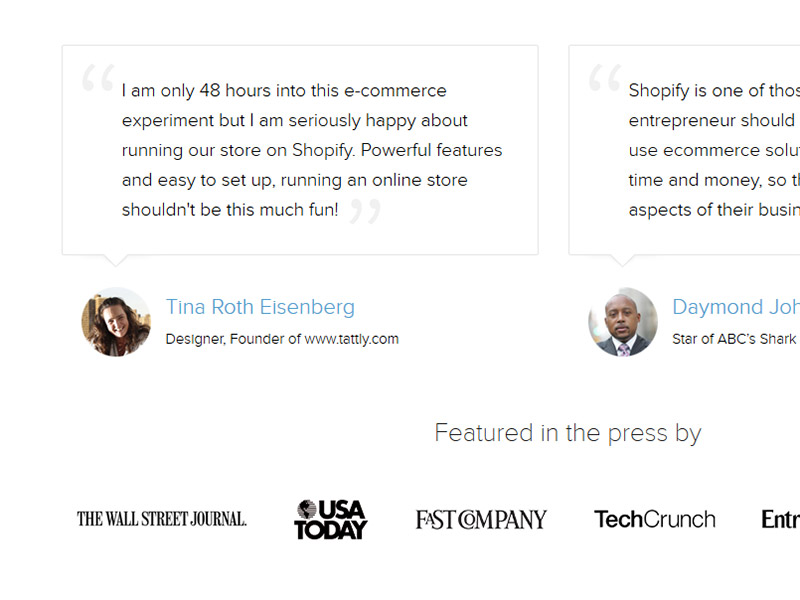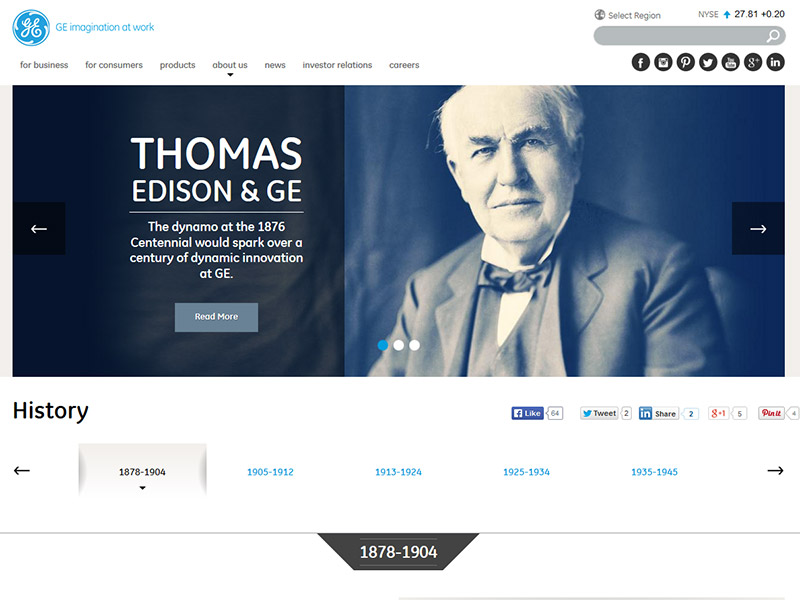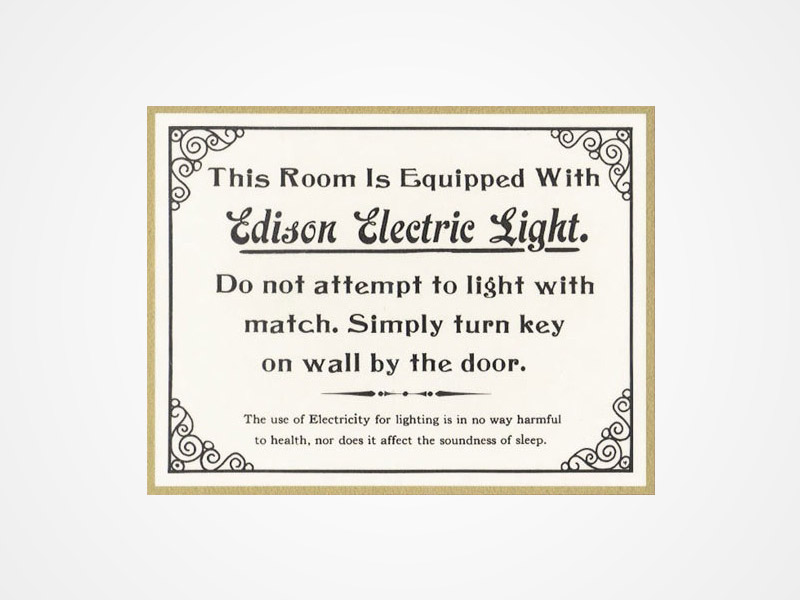Creating informational content is easy. You know your product or service so well you can rattle off a dozen blog posts on features and benefits without even breaking a sweat.
But creating content that emotionally engages visitors requires something more than simply communicating information. Which is important because audience engagement impacts everything from social reach to search rank and even brand perception.
As lines continue to blur between “social” and “commercial” in consumers’ lives, connecting on a deeper level with your site visitors is becoming a greater priority.
Storytelling is one of the best ways to connect to your audience. Stories have the power to instantly turn casual strangers to brand ambassadors. The content that tells a story has the most potential for sharing, which affects everything from search rank to brand awareness.
“Effective content marketing is about mastering the art of storytelling. Facts tell, but stories sell.” –Brian Eisenberg
Testimonial
Sharing customer testimonials is a great way to back up all your own claims about your product and establish credibility. What you may not have considered is how a testimonial is actually a customer’s little story.
An effective testimonial has the same structure as any great story. The main character (your customer) has a problem or obstacle, overcomes the obstacle (thanks to you), and lives happily ever after!

Shopify features a testimonial from influential design blogger Swiss Miss.
Company history
Sharing some of your company’s history is another simple way to engage customers through storytelling, especially for those in the B2B sector. Were your origins remarkable? Has your business been around for many years?
Any hurdles your company has faced, whether surviving a recession or shift in market can not only add interest to your story, but the struggle gives your customers something with which to relate. Maybe you have ground-level employees that carry inspiring stories of overcoming obstacles, and you can share how that represents your company’s values.
This is the kind of priceless content that connects potential customers to your brand.
GE tells its century-and-half history through creative slideshows and visual content, spanning Thomas Edison’s early work to their most recent innovations. Each step along the way is relatable to readers on some level, inviting each to connect with Edison’s work eithic, GE’s commitment to innovation, or proud American business.

GE has a rich history to which many Americans can relate.
Incorporating historic photos, advertising, or other kitschy visual content is a great way to not only connect to your site visitors, but also increase the rate at which your page will be shared on social media sites.

Historic photos like this add character to a company story.
Video
Many businesses today take advantage of videos for promotion. The medium is perfect for tutorials or showing off product features, and is easily shared across the web. Only recently, however, have a handful of companies begun to discover the potential offered by creating short films to tell a more meaningful story.
Short films are one of the best ways to tell stories that spread your message without any advertising. In fact, it is almost beneficial to think of it as non-advertising. These stories could have very little to do explicitly with your offerings, but present your values in such a way people can’t help but connect and share those messages with their social network.
You would be hard-pressed to find anyone doing this better than Chipotle right now. When they could (like most others) have posted talking-head videos explaining their commitment to integrity and ethical ingredients in their burritos, they instead started dreaming wonderfully creative stories that powerfully communicate their mission to “cultivate a better world.””
Without a single word, Chipotle’s films communicate their brand’s strong feelings on food production in America, and why they feel it is important. The most extroardinary characterstic is how they’ve managed to do so without being too “preachy,” connecting with individuals across various backgrounds, and spurring on millions of views and shares.
“People are looking for a connection. Tell a good enough story about your brand and people will not only get invested, they’ll want to buy from you.”–John Michael Morgan
By focusing on your customer, you can invite the viewer to become a part of your story in the future. It’s not just about how your product may be better than the competitors, but rather how participating in what you do, will make the customer a better version of herself.
I recently attended a conference where the speaker—an up-and-coming social media marketing professional—was asked in a post-lecture Q&A, “If you were stranded on a deserted island and could only take one social network, what would it be?”
Can you guess what she said? Not Twitter, not the almighty Facebook, definitely not LinkedIn.
Instagram.
Whether it is your product “in the wild,” clever behind-the-scenes shots exposing the creative process, or interaction with your community or the public, Instagram proves that a picture is worth 1,000 words.
Forward-thinking fashion companies like Bonobo, Warby Parker, and Free People allow followers to “participate in the story,” by utilizing hashtags to create virtual catalogs featuring real customers-turned-brand-ambassadors.
Here indie fashion fan Christina McCurdy models voluntarily for Free People using the hashtag #fpme:
Virgin America connects across a wide range of emotions with clever in-transit shots and candid celebrity passengers. This recent shot of founder Richard Branson with Nelson Mandela was posted just after Mandela’s death, and connected followers to Virgin Unite, the company’s nonprofit foundation.
Another nonprofit making good use of Instagram is charity:water. Donating to any charity can sometimes feel like tossing money into a black hole. You believe it is going to help somehow, but there is often a disconnect between the contributor and the beneficiary.
Through constant uploads from across the world, charity:water makes that connection more real. Partners can literally see the difference their contributions are making, and the smiling faces of those whose lives are changed with access to safe drinking water.
That sense of value connected to a particular action is an immeasurable source of motivation, driving people who already care about the mission to become even more invested.
For those of us whose business might be more contained to desktops and cubicles, Instagram is still a huge opportunity for storytelling. You just have to be a little more creative.
Intel probably isn’t the first to come to mind when you wonder which companies have great stories to tell, but the individuals behind this brand are constantly finding creative ways to share more about who they are through Instagram photos and videos.
“People think in stories, not statistics, and marketers need to be master storytellers.”–Arianna Huffington
Tapestry
We’ll be seeing plenty of new innovative ways to share stories over the next year, and one of the most exciting so far is Tapestry.
By focusing on mobile users, Tapestry opens up a whole new world of visual storytelling for brands. The concept is totally simple. It is essentially a stripped-down version of Powerpoint, but it is the simplicity that makes it so great. In minutes you can combine images and text to create a tap-through version of your story optimized for sharing across all kinds of devices and networks. Could this be “the new infographic?”
By sharing stories with your audience, you increase customer engagement. Winning fans for life not only directly affects sales, but has a host of long-term benefits for your business. What other tools do you use for telling your story online?
